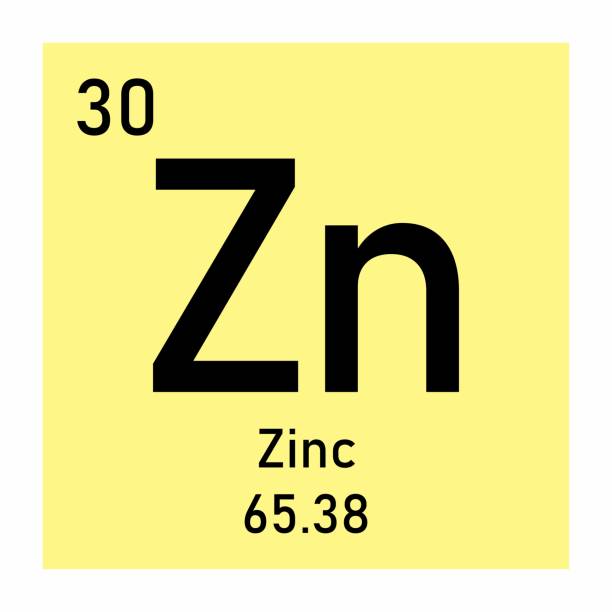Physical properties of zinc. Zinc is a chemical element with the symbol Zn and atomic number 30. It is a bluish-white, lustrous metal that is brittle at room temperature and becomes malleable when heated between 100°C and 150°C.
Zinc is an essential trace element in the human body, playing a crucial role in various biological processes, including protein synthesis, wound healing, and immune function.
Physical properties of zinc
Here are some of the key physical properties of zinc:
- Melting Point: Zinc has a relatively low melting point of 419.53°C. This makes it easy to melt and use in various industrial processes, such as galvanizing steel.
- Boiling Point: The boiling point of zinc is 907°C, which is relatively low for a metal.
- Density: Zinc has a density of 7.14 grams per cubic centimeter, making it about 2.5 times denser than water.
- Hardness: Zinc is a relatively soft metal, with a Mohs hardness of 2.5.
- Ductility: Zinc is a ductile metal, meaning it can be drawn into wires without breaking.
- Conductivity: Zinc is a good conductor of electricity and heat.
- Appearance: Zinc has a bright, shiny surface when freshly polished, but it can develop a dull gray patina over time due to the formation of a thin layer of zinc oxide on its surface.
- Magnetic Properties: Zinc is not magnetic, meaning it does not have any magnetic properties.
- Corrosion Resistance: Zinc is highly resistant to corrosion and is often used as a protective coating on steel and other metals. This is because zinc reacts with oxygen in the air to form a thin, protective layer of zinc oxide on its surface.
- Toxicity: While zinc is an essential element in the human body, excessive consumption can be toxic. Acute zinc toxicity can cause gastrointestinal symptoms such as nausea, vomiting, and diarrhea, while chronic toxicity can lead to more serious health problems such as anemia and weakened immune function.
Сonclusion
In conclusion, zinc is a versatile metal with a wide range of physical properties that make it useful in a variety of industrial and biological applications. Its low melting point, good conductivity, and corrosion resistance make it an ideal material for use in electrical and electronic applications, while its ductility and malleability make it useful in the production of wire and sheet metal. Additionally, zinc’s role as an essential nutrient in the human body highlights its importance in maintaining good health.
